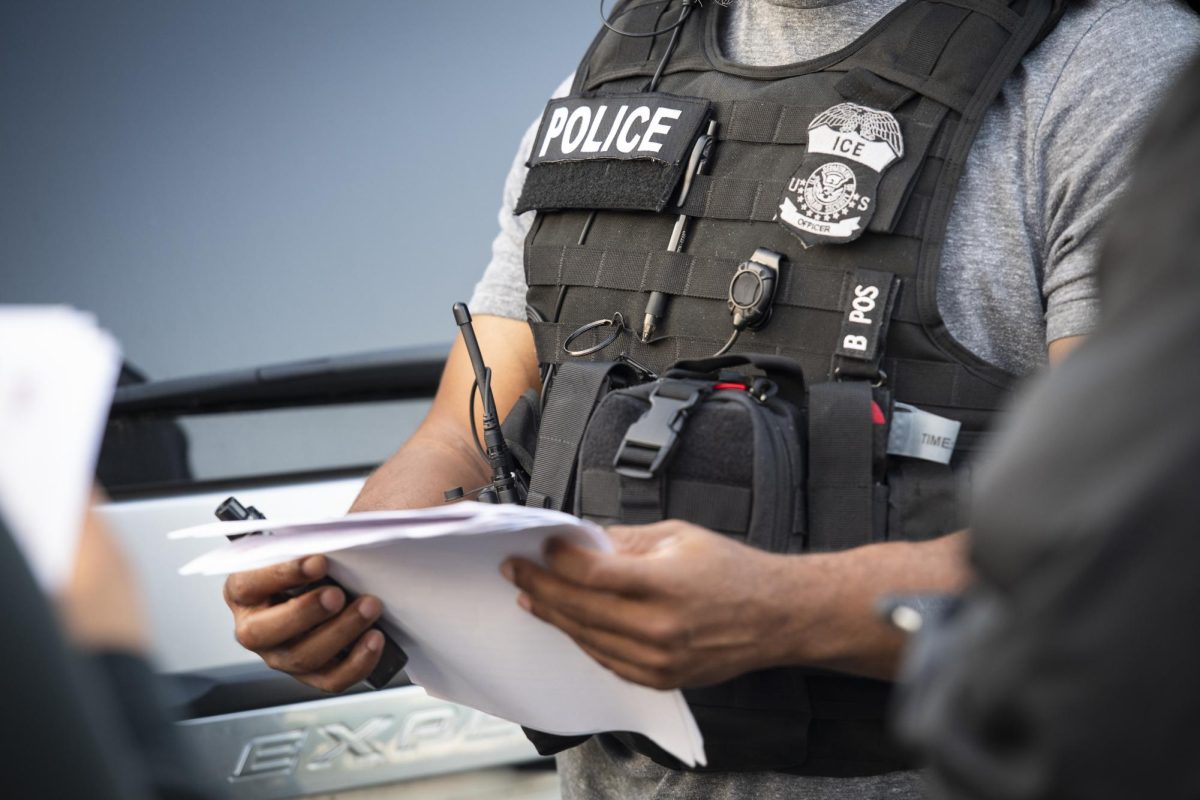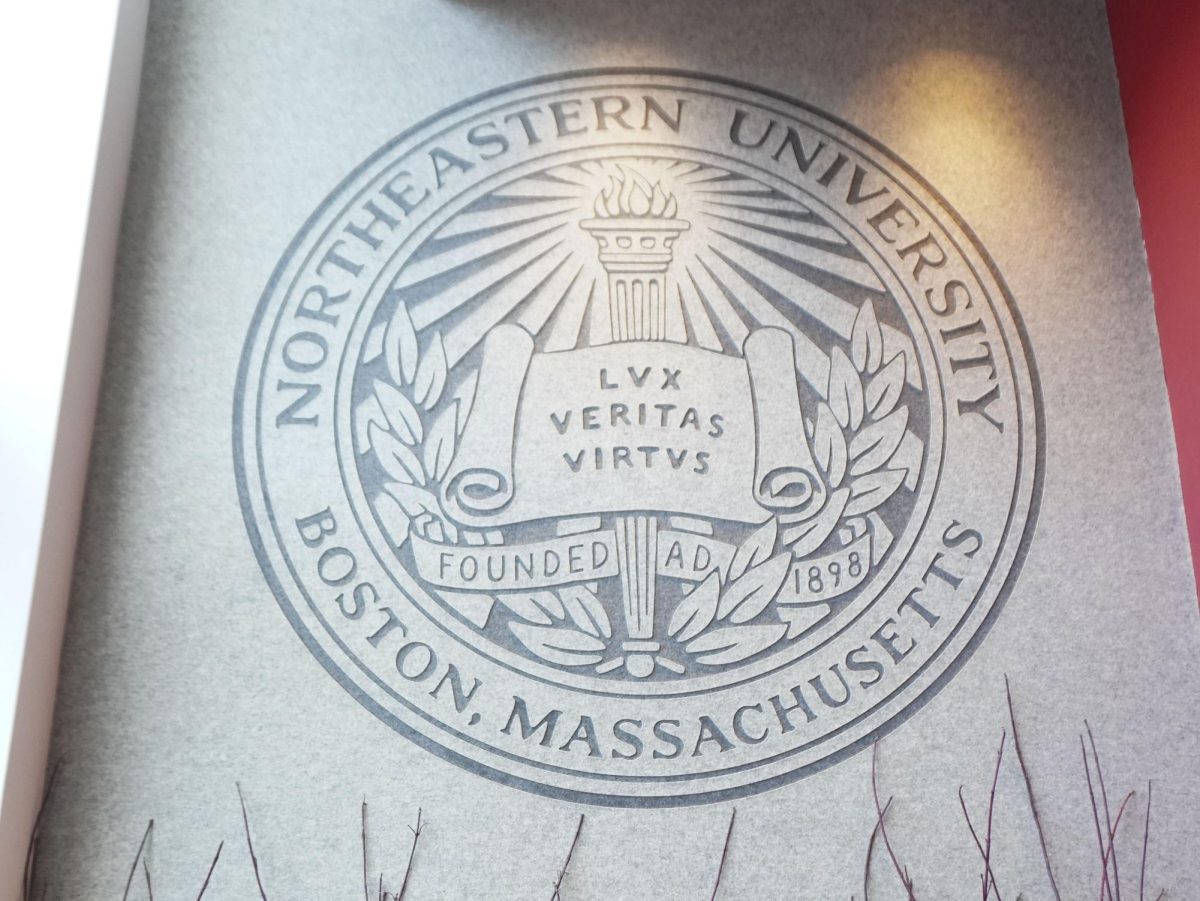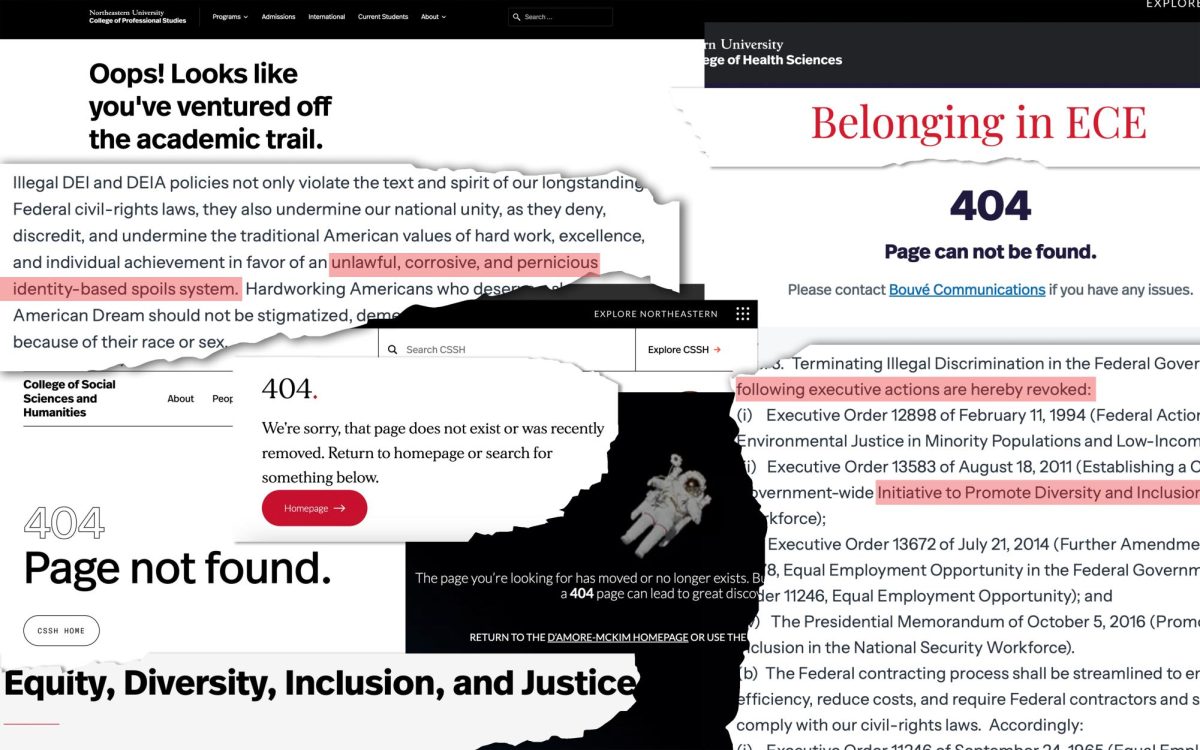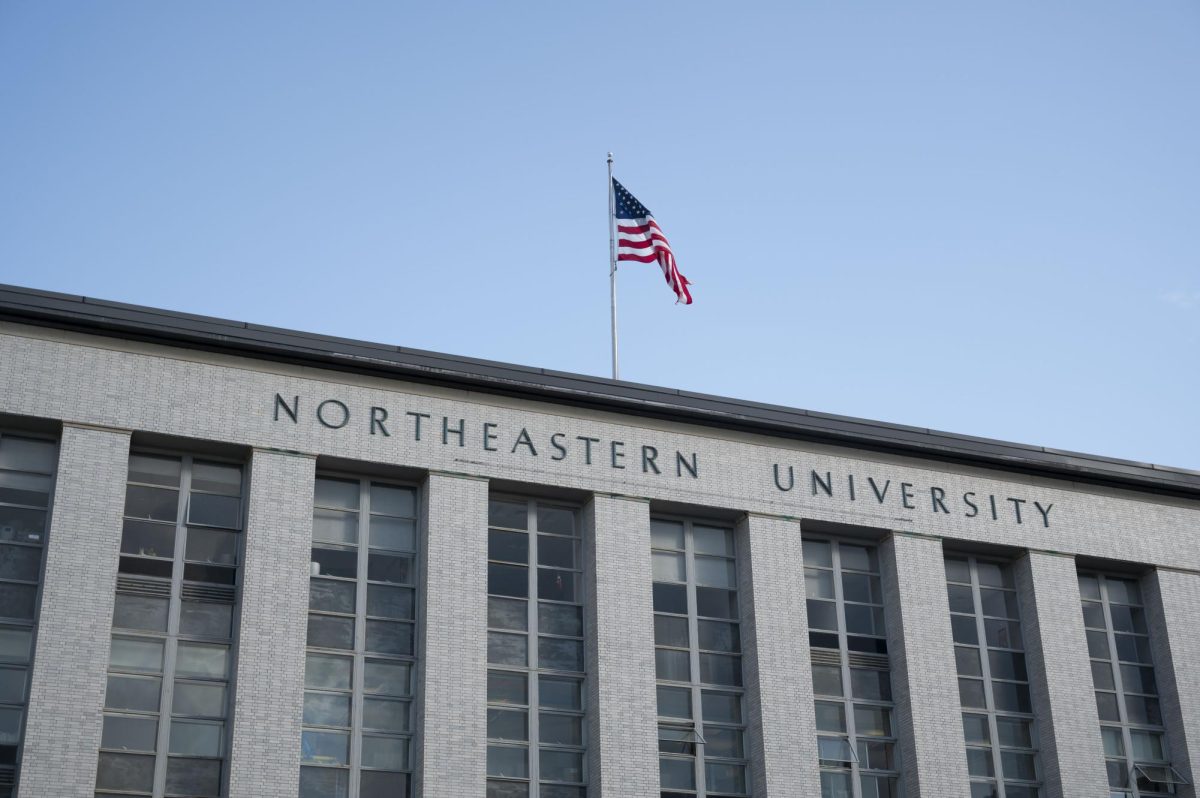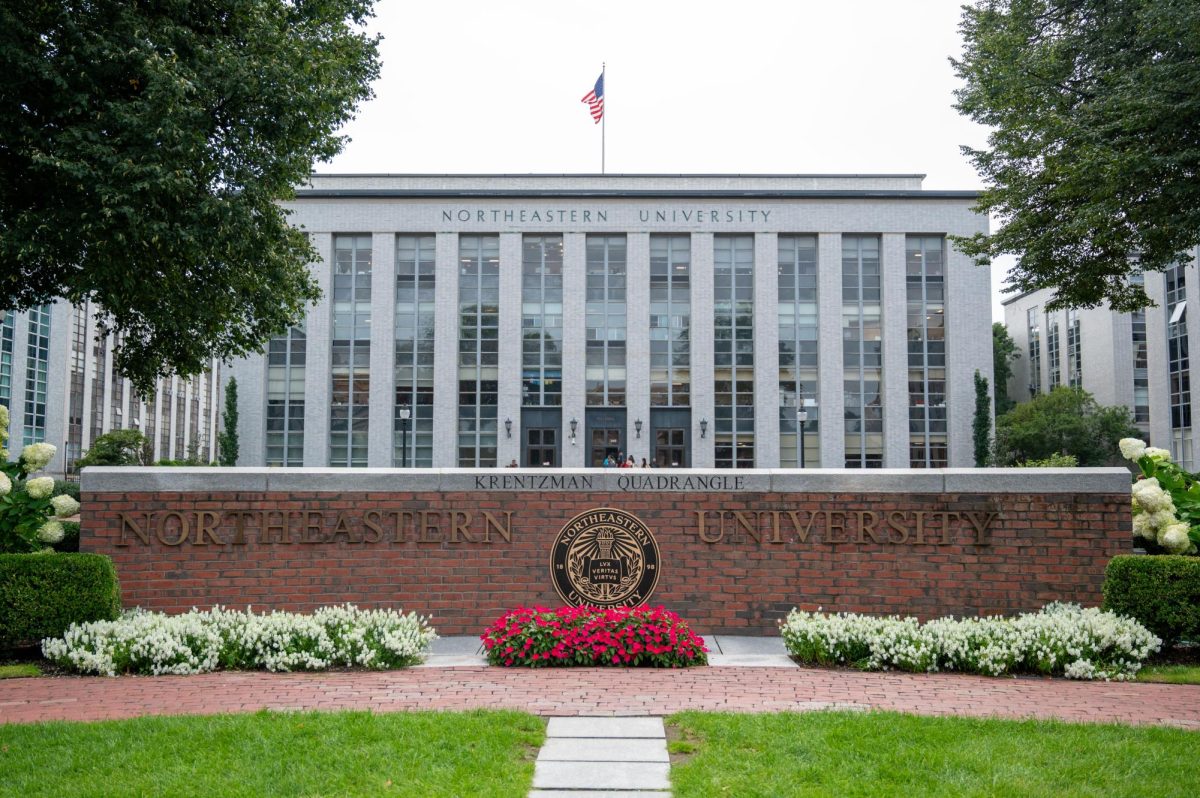By A.J. Mercincavage
Youth and gang violence is an ongoing problem in Northeastern’s neighboring communities, police said.
“We are one of the busier districts,” Captain Paul Russell, of District B-2, said of the youth and gang violence in his jurisdiction, which includes Mission Hill, home to many Northeastern students. “We have many youths involved in gangs here, whether they are organized or not.”
During a dispute between two rival gangs, innocent bystanders in nearby Roxbury were shot. A 68-year-old widow getting air on her front porch and two of her neighbors were wounded by gunfire Sept. 9, when they were caught in an ongoing dispute between two rival gangs, police said.
On Sept. 10, shots were fired near the Parcel 18 construction site, next to Ruggles Station, and police apprehended a local youth at the intersection of Tremont Street and Melnea Cass Avenue. A 16-year-old was charged with disorderly conduct. Two other men were seen running from the scene toward Ruggles and a gun was found nearby, but no other arrests were made.
According to the 2006 Report of the Special Committee on Youth Violence Crime Prevention, 50 percent of Boston shooting victims were between the ages of 14 and 21 in 2005. Also in 2005, B-2 was among three Boston police districts that accounted for 71 percent of total shootings.
Through the District B-2 Community Service Office, the Boston police have collaborated with schools and neighborhoods for several years, Russell said.
College students can help curb youth and gang violence, but they need to get situated and understand the city first, and then take small steps to make a positive impact, said two speakers at a hearing for the Special Committee on Youth Violent Crime Prevention Tuesday at City Hall.
“I am skeptical of student involvement because of the other commitments they have,” said George Lee, organizer for The Youth Workers Alliance (YWA). Lee attended the hearing and expressed the need for focused intervention and prevention of youth and gang violence. “[Youth crime] is not a temporary thing. It’s about learning the community and developing a relationship if you are here year after year.”
The YWA, located on Lenox Street near Northeastern, consists of a network of 200 youth workers who address youth and gang violence through collaborative community building activities, and leadership development and offers resources for career building. The group was one of six dedicated to prevention and intervention in hotspots of youth and gang violence, which were partitioned funds at the hearing. They received $10,000.
On Aug. 29, Mayor Thomas Menino referred an acceptance of $3 million from a state grant for addressing youth, gang and gun violence to be overseen by the Committee on Youth Violent Crime Prevention. The Special Committee on Youth Violent Crime Prevention was created in 2006 to examine issues stemming from an increase in violence involving high school students and gang members.
But through volunteerism, students can made a difference, Lee said.
“Know your limits when pledging your time,” he said. Anyone who works with youth is encouraged to join the YWA.
City Councilor Mike Ross spoke of the potential college students have for intervening and preventing youth and gang violence.
“Boston has an opportunity with the 100,000 students who can invest time and effort into the community,” said Ross, chair of the Committee on Youth Violent Crime Prevention. “If one out of every four or even one out of every five students reached out and became a mentor, it would be tremendous.”
In addition to groups like the YWA in Northeastern’s neighboring communities, there are initiatives on-campus to curb youth and gang violence.
Last year, “Know More; Do More,” Boston’s Community Summit on Youth and Handgun Violence, was hosted by Northeastern. More than 250 leaders in law enforcement, youth organizing and public health met to discuss Boston’s escalating problem with street violence and the proliferation of handguns. From this meeting, conference attendees developed recommendations for Boston police, city government and community-based organizations to consider.
Tutoring, summer jobs and scholarship programs are provided by Northeastern students and faculty to neighborhood youths through grants and university-sponsored programs including Mentors in Violence Prevention, GEARUP, Jumpstart, the Balfour Academy, NUPRIME and the Alegebra Project.
“There are things we do, which we believe contribute to a safer neighborhood,” said Bob Gittens, vice president for public affairs. “Through our summer programs, we offer jobs and leadership development for kids in nearby housing developments.”
The development of intelligence has been another method in which Northeastern has addressed youth and gang violence in its neighboring communities.
Last year, Northeastern received $270,000 in grants to combat statewide gang violence from the Massachusetts Executive Office of Public Safety. The funding was awarded in conjunction with the Senator Charles E. Shannon, Jr. Community Safety Initiative, an $11 million program that encourages collaborative anti-gang efforts between community groups, law enforcement and government agencies. Through the grants, Northeastern is determining which crimes are gang-related, developing databases of gang members and verifying the scope of violence attributable to offenders from outside jurisdictions.
“We are eager to work side-by-side with Massachusett law enforcement to reduce gang violence,” said Jack McDevitt, associate dean of Northeastern’s College of Criminal Justice and director of the Institute on Race and Justice, in a press release. “We hope that our research will empower local officials and community leaders with additional intelligence as they face the complex issue of gang violence in our neighborhoods.”



